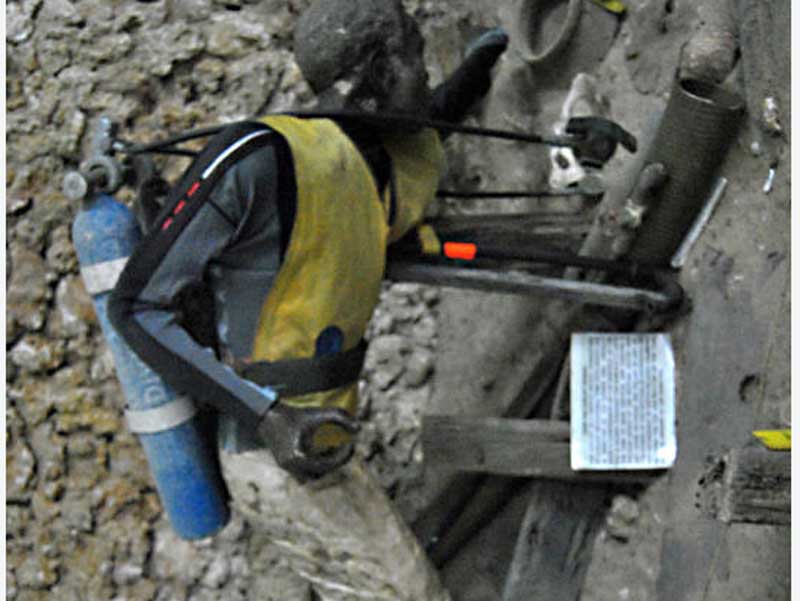×
The Standard e-Paper
Stay Informed, Even Offline

There was a sharp intake of breath when the ‘mysteriousbeast’ was ultimately unveiled. What the emperor and his court were witnessing was the climax of a six-month voyage which had started in Malindi and ended in Beijing, China.
It was not easy to please the monarch but the sailors were as excited as they were worried as they shepherded the moment that was captured and immortalised by a painter who had been called by his majesty to record history as it was being made at a time when there were no cameras.